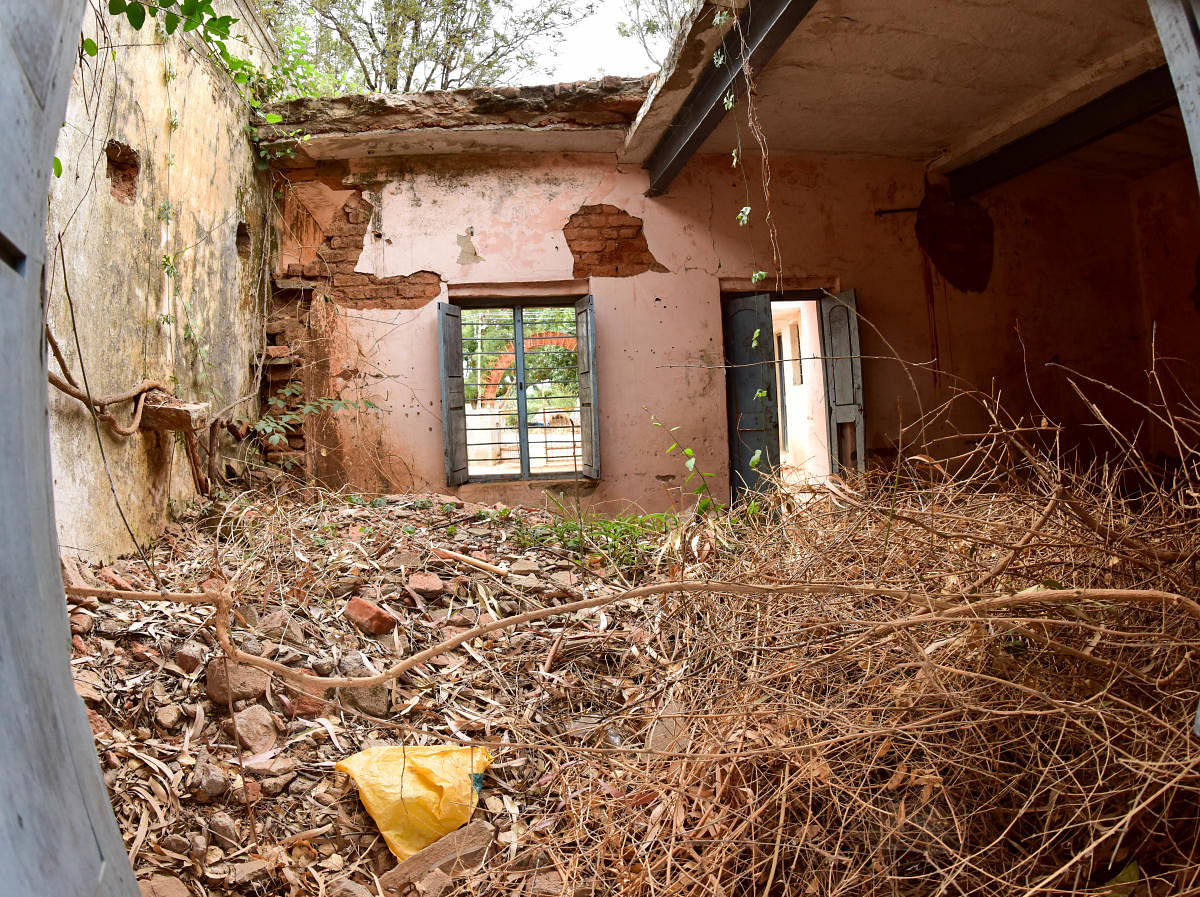
At a time when shutting down schools seems to be an option that the government is contemplating to tackle the issue of decline in enrolment into government schools, education experts believe that finding alternative solutions is the need of the hour.
From having the educated in the locality assist the existing teachers to provide better incentives, several ground-level challenges need to be addressed. Experts believe it is in the same ground where the problem is breeding that the solution could be picked up from. Involving community efficiently and empowering local youth to teach in government schools could be tentative solutions to addressing the problem of single teachers in schools, believe experts. Nagasimha G Rao, a child rights activist from Bengaluru who has been battling the cause of Right to Education (RTE), sees this from the perspective of a teacher. “When appointments are made, not all posts in rural areas are filled. This could be one of the primary reasons for posts to remain vacant,” he says. He attributes the vacancies to a few persistent issues. “Some teachers when the postings are made realise that they can’t travel to remote areas. Some of them do not report to work at all due to this. In such places, guest teachers are appointed and the school is run,” he adds.
In other places, the number of enrolments into schools itself is low. In such places, the government finds no need to appoint additional teachers, he says.
“As per the Right to Education norms, the pupil-teacher ratio (PTR) ought to be 30:1. When there are 20 students in a school, one teacher would suffice if one were to go by this norm,” he says adding that this, however, would only do injustice to children. “Even as the PTR is met in most schools the difference arises as a single teacher is expected to teach students from multiple classes simultaneously. She is not only teaching different age groups of students but also different subjects, which as per the RTE act ought to be taught by subject teachers. Locals who are well-read and youth from the same village can be empowered to teach. The School Development and Monitoring Committee (SDMC) has to identify them. If they are given good incentives and certificates, they will be motivated to come and teach these children.”
He believes that schools should not be isolated from the community. “In Mangaluru and Mysuru, a similar situation exists. However, volunteers help,” he explains. This has not only improved enrolment but has also addressed the issue of the shortage of teachers.
Arun Shahpur, Member of Legislative Council, says that the state has agreed to the fact that there are over 14,500 schools with an admission of just about 30 students. There are 1500 schools with lesser teachers. “Having model schools with access to better facilities is the key,” he adds. Improving teaching aids and getting the SDMCs to function fully are the need of the hour, he believes. “We need to give a boost to government schools in line with private schools. Community involvement is the key,” he feels.
Niranjanaradhya V P, Fellow and Programme Head – Universalisation of School Education, National Law School of India University, Bengaluru says “There is no point in merging schools. There is a need to revive existing government schools.” He adds that having single teacher schools is a gross violation of the RTE Act. Niranjanaradhya believes that there is a need to merge pre-primary schools with primary schools to ensure the continuation of education. “This will lead to increased enrolments into schools and hence more teachers.”
He seeks that if a private school is within one km distance from a government school, it becomes a violation of RTE and in such cases, private schools should be merged with government schools nearby to undo the damage.